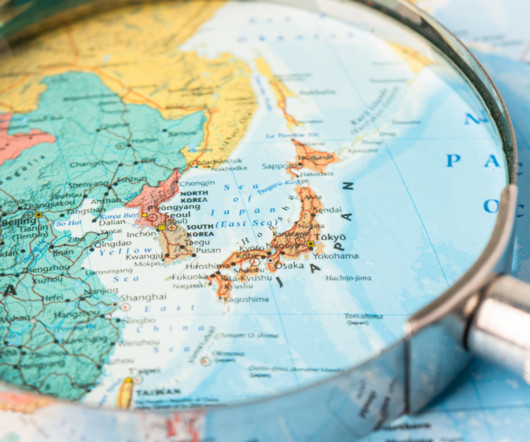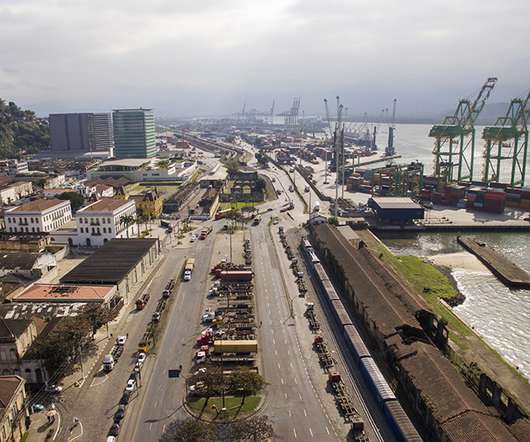The Indo-Pacific Economic Framework (IPEF): What Is It and Why Does It Matter?
Resilinc
JUNE 6, 2023
As of negotiations on May 27 , the IPEF includes the US and 14 Asia-Pacific nations: Australia, Brunei, Fiji, India, Indonesia, Japan, Korea, Malaysia, New Zealand, the Philippines, Singapore, Thailand, and Vietnam—that together represent 40% of the world’s GDP. We’re not just trying to maximize efficiencies and liberalization.















Let's personalize your content